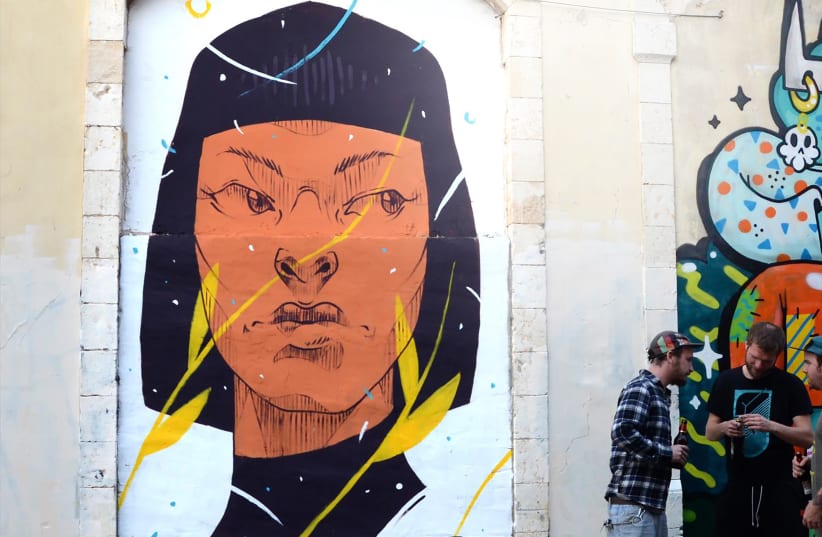The observant Jew and the tattoo taboo
Leviticus (Vayikra) 19:28 seems to be pretty explicit on the matter: “Do not cut your bodies for the dead, nor incise any tattoo marks upon yourselves.” The Talmud examines the issue and its context in greater detail, and several centuries later the Rambam authoritatively confirms the ban on tattooing. Accordingly, observant Jews who indulge in tattoos are hard to come by, even though some modern religious authorities believe the biblical tattoo ban applies to men only.Individuals cite additional reasons for eschewing tattoos. Emmy Zitter, an observant professor from Beit Shemesh, says, “I am the child of a Holocaust survivor. My mother was tattooed by the Nazis and I will never get over that. I don’t even like it when kids write a phone number on their hands; it freaks me out. Tattoos to me are like cremation. Since the Shoah, I don’t understand how any Jew would agree to cremation or a tattoo. I had an older relative who refused even to be stamped on the hand when she entered an amusement park.”While violations of many religious prohibitions – for example, eating something non-kosher once or turning on a light on Shabbat – inherently seem more transitory, getting tattoos can be regarded as a permanent indelible and highly visible “mark of Cain” that one carries to the grave. For people who strive to observe Torah law, this is not something they are likely to rush to do.Not everyone is repulsed by the idea. Lorien Balofsky, also observant, an artistic graphic designer from Tel Mond, says, “I wouldn’t get a tattoo for halachic reasons, but Halacha aside, tattoos in general don’t bother me. I think they can actually be beautiful, an interesting form of self-expression.”– Jerusalem Post Staff
Israeli street art and tattoos – leaving the comfort zone
The street art of Boaz Sides, aka UNTAY, gains notice from Israel to Europe.
